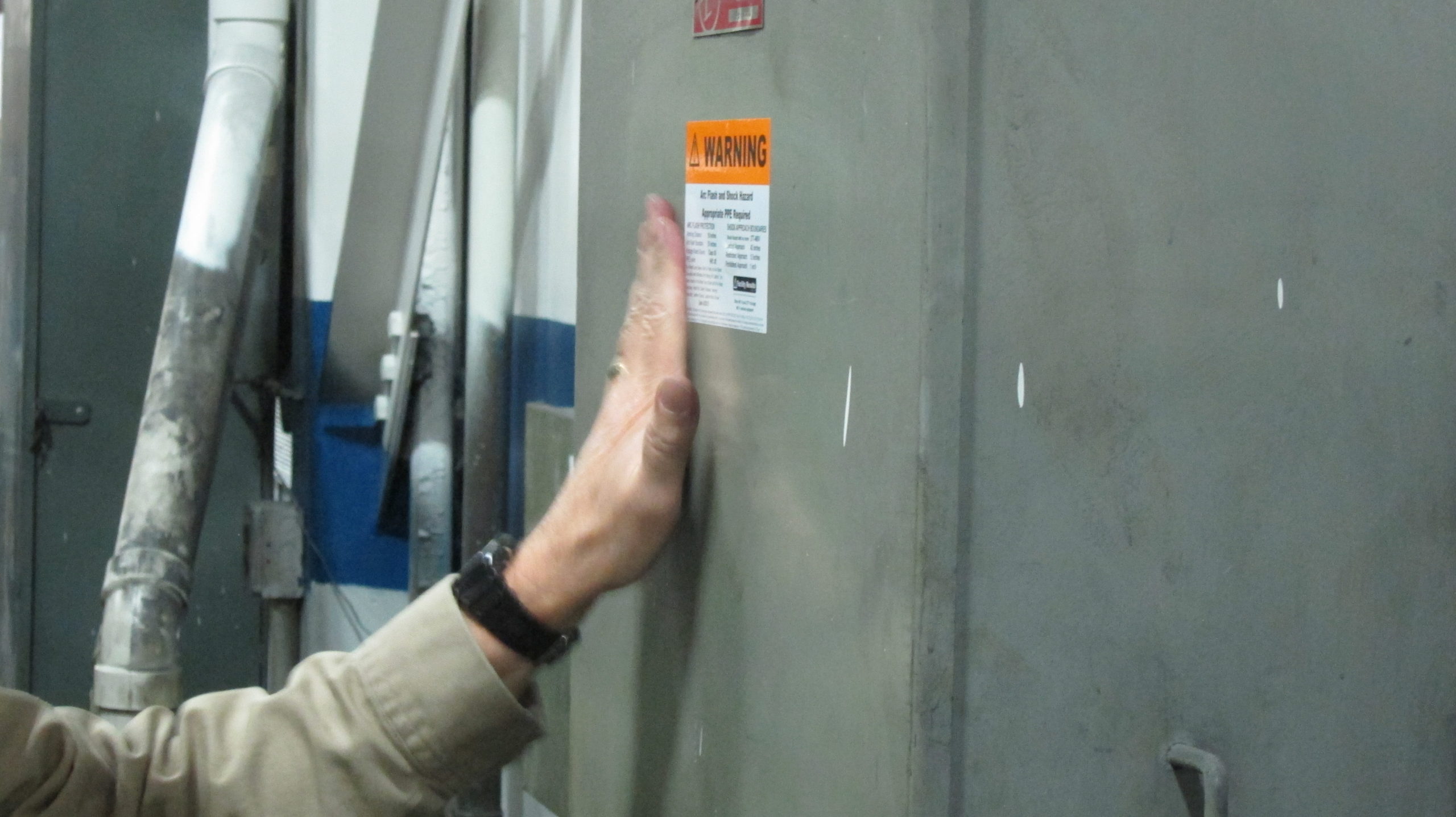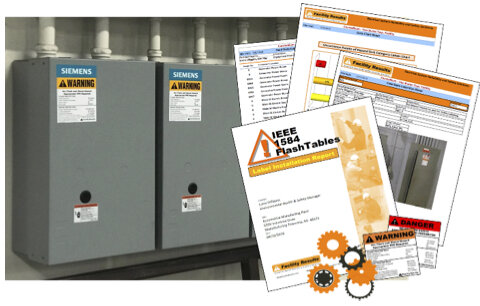What is a study of an arc flash?
June 3, 2023
Enhancing Electrical Safety: The Power of Arc Flash Study and Analysis in Compliance with NFPA 70E
June 9, 2023Arc flashes pose a risk to your people and facility, which makes arc flash hazard assessments important. An arc fault—a discharge caused by a low-impedance connection to the ground or another voltage phase in an electrical system—causes an arc flash. When gas breaks down electrically, it creates a bright, plasma-based discharge that is hotter than the Sun and can kill nearby people. Arc flashes cause skin burns, respiratory problems, hearing loss, eye damage, and more.
An arc blast, a shockwave caused by the same arc fault when conductor metal is vaporized, is different. This creates dangerous debris and hot metal. Arc flashes can be prevented by properly rated PPE, but arc blasts can expose workers to hazardous materials.
Safety managers, plant managers, and other facility workers must understand arc flash studies and their importance. Arc flashes can damage your electrical assets, the environment, and your employees, especially if the arc fault has enough energy to cause a blast instead of a flash. They can lead to expensive regulatory fines, insurance premium hikes, and more.
Companies using electrical equipment in production or infrastructure can better understand the energy released by an arc flash with an arc flash hazard assessment. This assessment has four goals:
1. Create a flash protection boundary around the source
2. Determine arc-rated apparel and other PPE requirements.
3. Increase industry compliance.
4. Label and document assets.
Arc Flash Hazard Assessments—What’s Included?
Arc flashes often result from minor mistakes, so a good arc flash hazard assessment should consider several risk factors that safety managers, facility supervisors, and employees may not notice. These are:
-Dust and condensation on electrical assets
-Accidental contact with assets due to poor training or signage -Tool mishandling that left conductive items near live assets
– Electrical asset condensation
– Electrical asset corrosion and poor installation
An on-site electrical systems equipment assessment will identify potential distribution system issues. Inspectors will determine short circuit currents and asset interrupting times. They will then calculate the largest incident energy at the working distance. This calculation helps inspectors determine the arc flash boundary and hazard risk category.
After establishing the boundary and category, inspectors can make recommendations to reduce incident energy and determine PPE for working around assets. Equipment labels and results are recorded. These labels provide location-specific safety information for employees and ensure your organization follows NFPA standards to improve employee safety when working on or near exposed live electrical parts.


